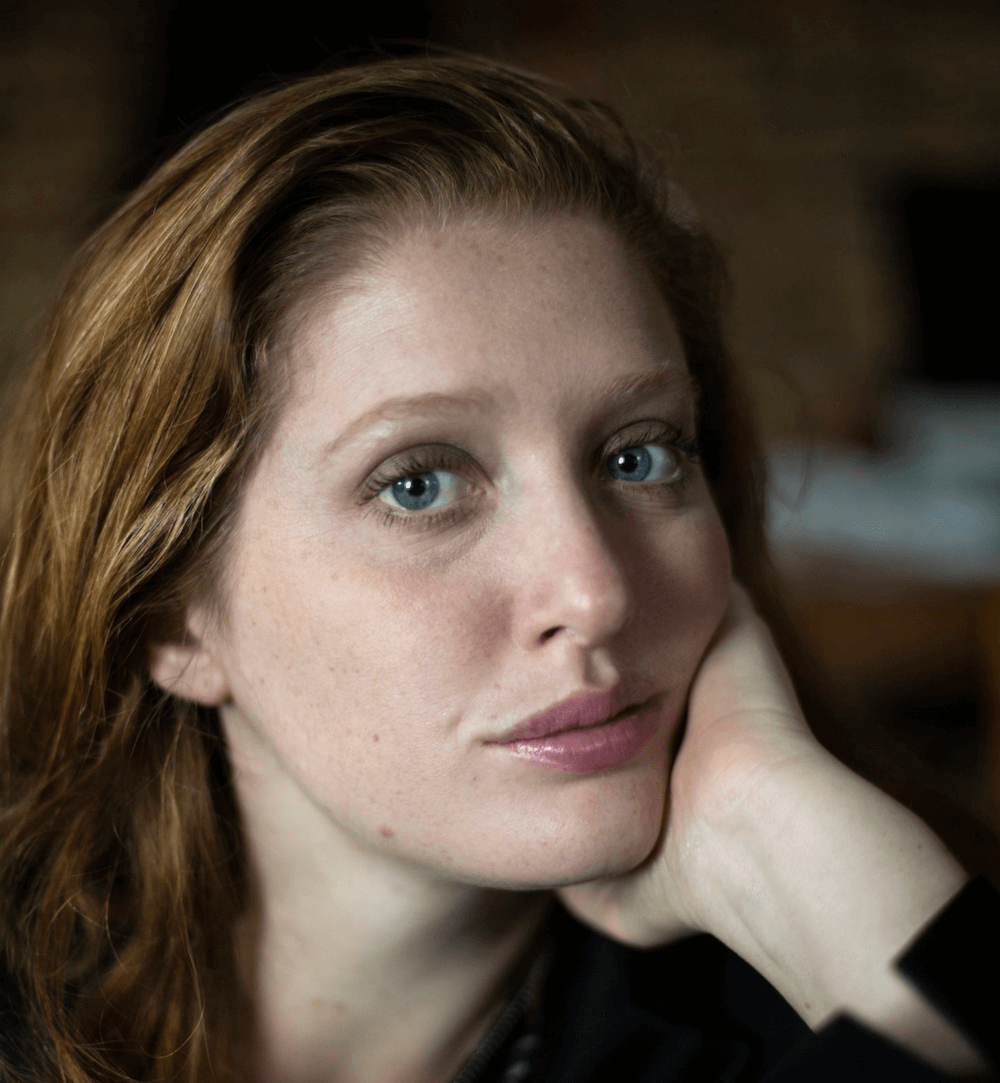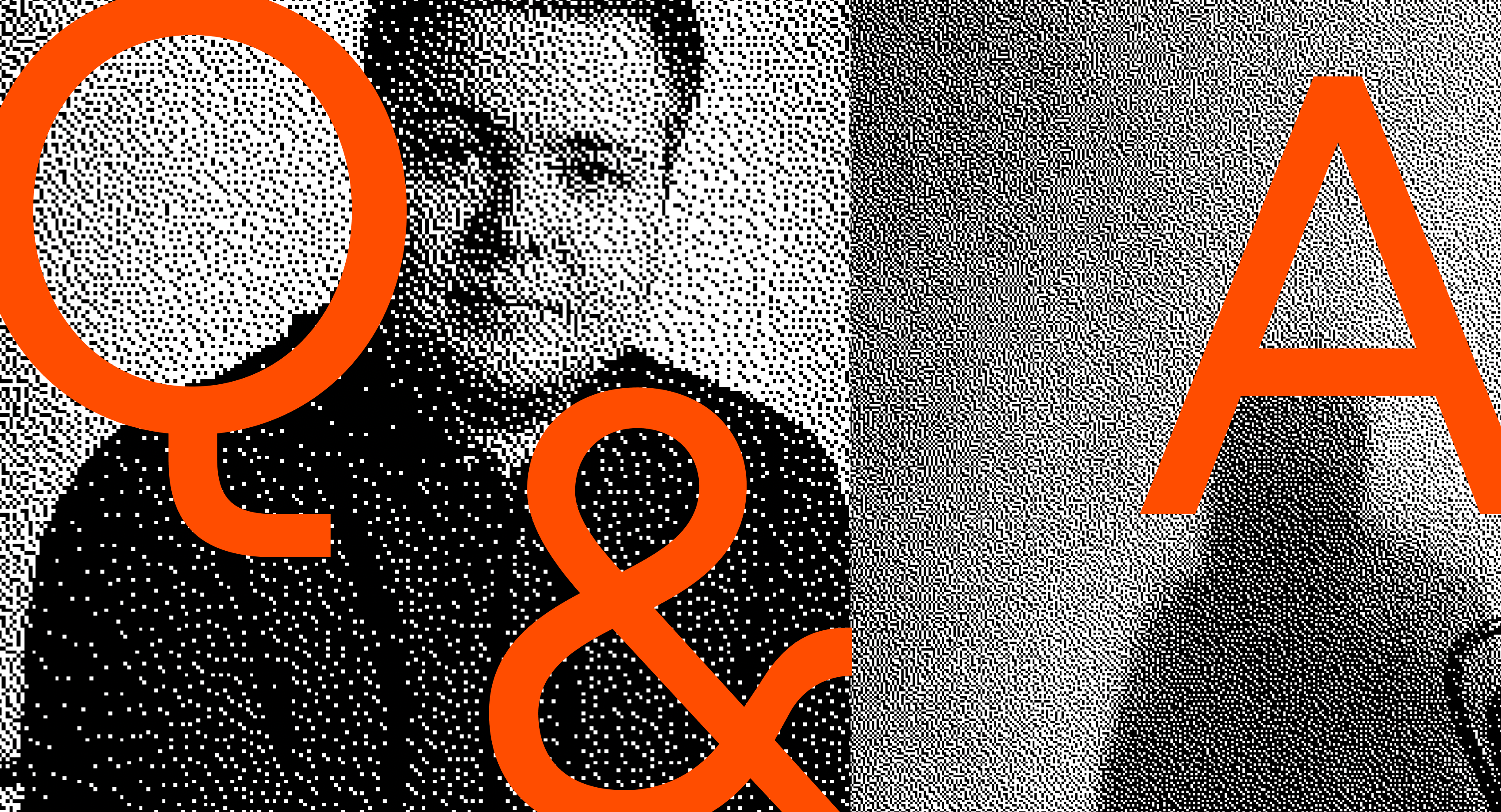How this VFX editor uses Runway for demanding turnarounds in the age of TikTok


Can you tell us a bit about who you are, and what sort of work you do?
My name is Albin Larsson. I’m 25 years-old and I live in Sweden. I say I’m a visual effects artist, but I’m also a 3D visualizer.
I’ve always really enjoyed filmmaking. When I was 15, I started making short films with my friends. We really wanted to do action films but we couldn’t use any real explosions or guns. So I needed to learn visual effects for that.
Did you go to school for VFX?
When I went to college, I studied film. The main subjects that got me really excited were in visual effects and post-production. The more I got into filmmaking, the more I loved creating things that aren’t possible. When I graduated, I wanted to work in visual effects, but I knew it was very hard to get a job. I wanted a backup plan, so I became a carpenter for a year.
During that time, my freelancing took off. As soon as I was finished with my one year study of carpentry, I got into freelancing. That was two years ago.
How did you first discover Runway?
I discovered Runway from Corridor Crew on YouTube. I’ve followed them since I first started editing. As soon as I heard Runway could simplify rotoscoping and masking, I signed up.
The most boring part of VFX and filmmaking is the rotoscoping or masking, and it's always a very tedious process. All the good effects need some kind of rotoscoping. To be able to streamline that process and take it from hours to minutes, or even seconds in some cases, is just so amazing.
Instead of me having to spend five hours rotoscoping a hand or a person, I could spend up to five hours focusing on making the shot better as a whole instead of just putting all the time and effort into rotoscoping.
Did you have any experience with machine learning before?
I actually didn’t. When I signed up for Runway, it was my first time doing anything involving machine learning or AI or anything like that.
What sort of projects are you working on these days?
I work with a guy called Amir Zakeri quite a lot. I’m in Sweden, and he’s in Hawaii. He does all the shooting and everything. We speak over text and phone calls. And then he sends me the footage on WeTransfer or Google Drive. And then I just put it all together.
@amiiirkat Welcome to the Dolomites ⛰ #italy #pov #filmmaker #fyp ♬ original sound - Amir Zakeri
We do a lot of videos for his social media. TikTok, Instagram, Facebook. These videos have a lot of transitions in them and are turned around in only a few days. We need to bang them out very fast.
Like this one…
@amiiirkat How to deal with creative blocks 🥶 @insta360_official #POV #insta360 #filmmaker #VFX #fyp ♬ original sound - Amir Zakeri
With this one, we had a transition where the camera pulls out through a mirror, looks down at the sink and then looks up at the mirror again. For the transition and the first part, we did not want to see Amir in the mirror. To fix that we threw the content into Runway and used the Inpainting tool. It took 2 minutes and we had a pretty solid clean plate that worked well. Removing the mirror reflection was a last minute decision on the night of delivery. Without Runway we could not have created the effect we wanted.
What do you think Runway provides for TikTok specifically?
I feel like it's the speed. We want to make something that looks like it’s taken a long time to make, but it might have only taken like a day or two. Having the tools to be able to make something really high quality, very fast, is super important.
What do you think makes these TikToks successful?
I think it's a combination of things. I think firstly, everything is shot in very beautiful places, very exotic places.
The other reason is the transitions and the speed of the video. It's very fast paced and very fun to watch. You see a transition and then another transition, and you get overwhelmed with the visual stimulus of effects and then also just the virality of it. It's just a quick thing to share with your friends.
How has Runway changed your TikTok process?
It’s changed my process a lot. When you get a very tight deadline for a project, and you need to deliver something high quality, you don't want to spend time working on something that's not going to be seen.
You don't want to do any rotoscoping, you don't want to do any cleanup work. You want to focus on adding stock footage, adding all the effects and everything that will actually be seen and will help the project.
To be able to just clean something up in a matter of minutes instead of days, it saves the project. I’m able to deliver a much better version of a project, much faster. Instead of having to deliver something mediocre, you can deliver something high quality in the same time.
I usually get my clips on Sunday night or Monday morning, and then I’m delivering the final by Wednesday night. It’s a very quick turnaround.
What else are you working on, outside of TikTok?
Through Amir, more people reached out to me about doing VFX on their projects. I’ve worked on videos for The Chainsmokers and I do stage visuals for Meghan Trainor, Migos, and ASAP Rocky, just to name a few.
Here’s one music video I worked on, using Runway:
This music video is mainly CGI. The band was filmed on a green screen, but the green screen didn’t work well enough. I decided to just put the content through Runway’s Green Screen tool instead.
What are you looking to do next?
I want to play around on Runway more. I want to try out all the other aspects, other than the Green Screen or Inpainting features. I’d like to explore the depth tools and the colorizing tools. I want to test those out and implement those in other projects. I’m not really sure how yet, but I’m going to figure that out.